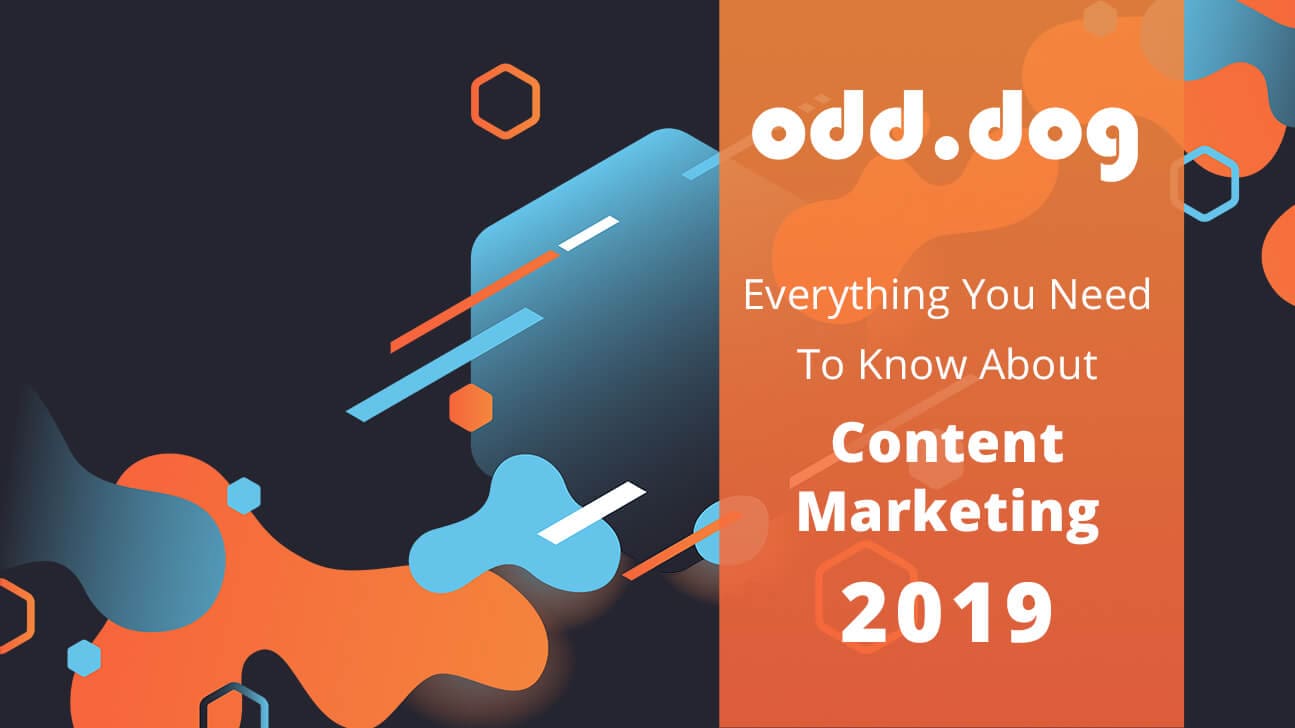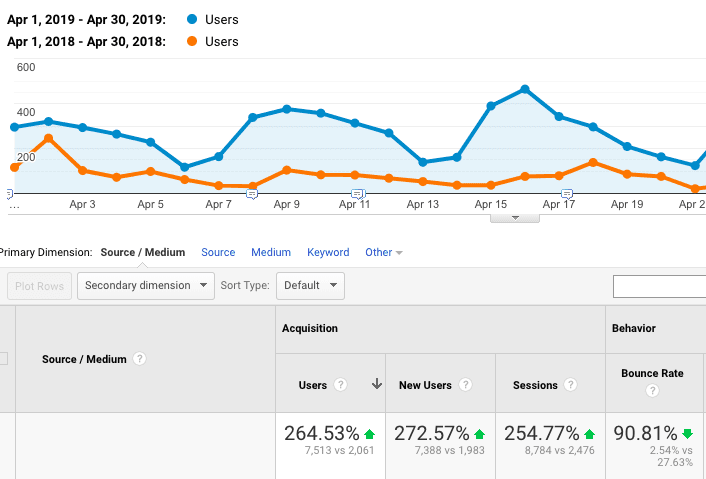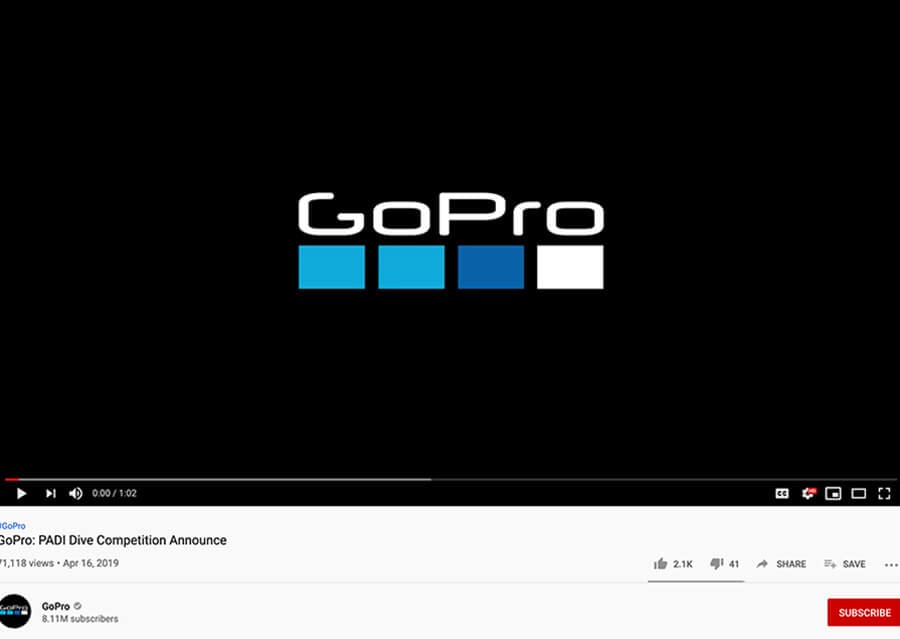Length: WordPress plugin Yoast SEO will tell you to shoot for a minimum of 200 words on each page, but you’ll likely have to set the bar a little higher: 3,000 words seems to be the sweet spot.
Keywords: Use SEO tools, like Google Analytics or Ahrefs, to find keywords best optimized for your specific users and goal.
Internal/External Links: Search engines will assume the pages on your site with the largest number of internal links are the most important to you. External links, on the other hand, will not only encourage others to link to your site (i.e., earning backlinks of your own) but, high-quality external links also act as an opportunity to improve your site’s credibility, which both users and search engines love!
Linking to Your Homepage: Link to important pages, but also dig deep for pages you’d like to give a boost.
Images and Other Multimedia: Optimized image size is between 75KB and 100KB. Including keywords in your image file names is not only ADA compliant, but beneficial to SEO too.
Image Alt Text: Write concise alt text that contains keywords, but more importantly, describes what’s in the image.
Keyword-rich Metadata: Title tag, heading, subheadings (H1 and H2 tags), and meta description … and repeat.
In-text Subheadings: So Google and other search engines can make sense of the structure and main points of your blog post.
Difference Between Pages vs. Posts on WordPress
One important distinction to keep in mind when checking out our tips for search engine-friendly blog writing is the difference between a post and a page on WordPress. WordPress is the most popular CMS in numbers, boasting nearly 18 million websites. It’s an open-source platform that got its start catering to the blogging community, an audience it still diligently services today. Though the general SEO rules are pretty similar for both, WordPress distinguishes between “Posts” and “Pages” in the backend.
Key Differences:
Timely vs. Timeless: Search engines typically prioritize the most recent content (Posts), but will occasionally pick evergreen content (Pages) instead if they deem it more relevant or if page authority plays a big role. Consider your entire web catalog when picking blog post topics, and choose unique, distinct subject matter.
Social vs. Static: Posts are not only more easily shared on social media, but they also encourage reader engagement and conversation on the page. Pages, on the other hand, usually don’t feature a comments section and offer less timely, social media-appropriate information.
Categorized vs. Hierarchical: Posts are organized using distinct categories and/or tags, often not included in the URL. Pages are hierarchical, contributing to the overarching site architecture and organized in parent/child fashion.
RSS Feed-Friendly vs. Contained: Because they’re published for a specific date and time, Posts are often featured in RSS feeds (notifications that publicize your most recent post updates on a variety of platforms, like email). Pages are single entities with no time or date.
Authored vs. Anonymous: WordPress users have the option to display authors and bios on Posts, but are not able to do so when publishing a Page.











